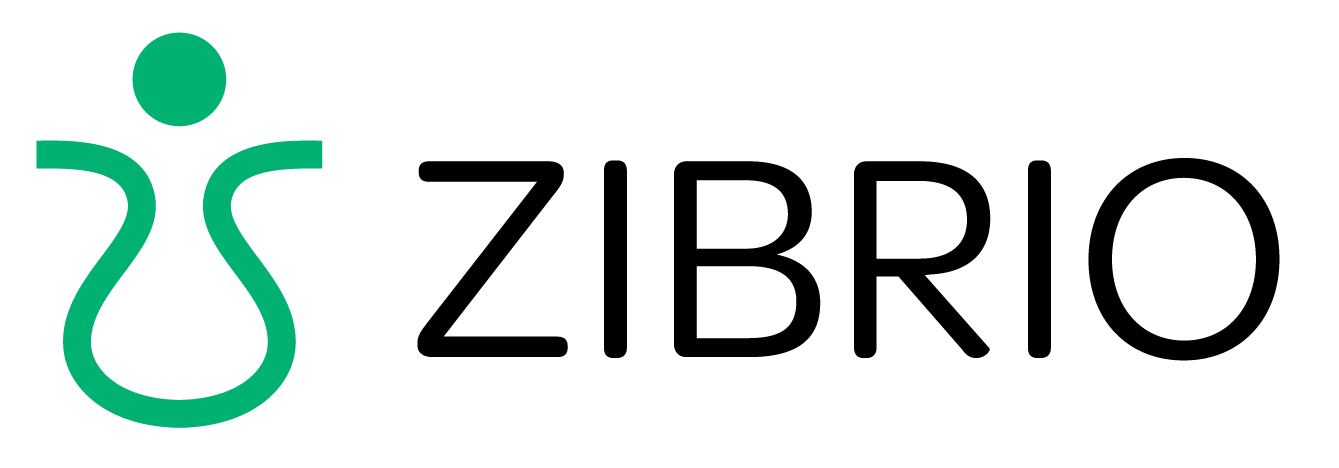How Does Tai Chi Help Balance?
This is a guest post from Dianne Bailey, CSCS, FAS, CTCI. All views posted here are the author’s own and do not necessarily represent the views of Zibrio.
There are many studies that show a decrease in the fall risk for those that participate in Tai Chi, but there are few discussions about why or how Tai Chi has any effect on improving balance. As a long time Tai Chi practitioner and instructor, I would like to post some ideas to explain this phenomenon.
There are some basic underlying principles in Tai Chi and these principles are what really drive the benefits including improved balance. Here is a list of some of these principles and how applying them to your movement can help reduce the risk of falling.
Columns: There are 3 columns in your body. One runs straight down the center of your body and the other 2 run from your shoulder vertically through your hip on both sides. These columns need to keep their integrity by keeping your shoulders above your hips. Think about a person using a walker. They are typically bent forward somewhat and have broken their “columns”. This bent over position is a risk factor for falling. The idea of keeping the “columns” intact not only helps people keep a good posture, but encourages them to keep their eyes on the horizon and not look down all the time.
Moving from the dan tian: The dan tian is 2 inches in from the bellybutton and 2 inches down. It is the center of your energy in Tai Chi and it is also the center of your mass. By thinking about moving from the dan tian, you will keep your columns intact and won’t lead with your shoulders or head as you step forward.
Substantial and insubstantial: This principle deals with understanding where your weight is at all times during movement. One leg is substantial and is your base of support. The other leg is insubstantial so you can move forward, backward or to the side. As you move, you should be aware of bringing your dan tian to your substantial side. In other words, you are bringing your center of mass over your base of support which is ideal for balance.
Rooted and grounded: The idea of being rooted and grounded in Tai Chi is one of “fluid stability”. While you can imagine roots growing deep and wide from your feet, you are not glued to the ground. It’s more of an awareness through your feet and allowing them to react to the ground. It’s also the idea of lowering your center of gravity slightly which makes you more stable.
Pheasant Stands pose
Relaxation: Believe it or not, being able to relax as you move is important for balance. When your body is tense, you are less likely to adapt to change and therefore, you are at a greater risk for falling.
If you are interested in learning some Tai Chi on your own, you might be interested in the Daily Series from the Open the Door to Tai Chi system. One of the videos in this series is specifically geared towards balance. The Basics of Balance will teach you some movements from the Yang style of Tai Chi and teach you how to apply the underlying principles. For more information, go to: https://taichisystem.com/daily-series/
As a fitness professional, martial artist, and owner of a successful personal training studio in Denver, Dianne is passionate about creating the best opportunities for the mature adult to enjoy health and fitness. This passion has led her to create a system for learning Tai Chi which will empower fitness professionals to be able to offer this amazing form of exercise to their clientele and help others learn this wonderful form of “movement meditation.”
Dianne is a CSCS, a Functional Aging Specialist and a Certified Tai Chi Instructor. She has presented the benefits of Tai Chi at the Functional Aging Summit, ICAA Conference and Fitness Fest. In her engaging, easy-going yet commanding style, she hopes to encourage people to include Tai Chi in their offerings.


